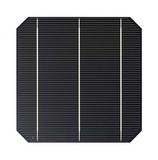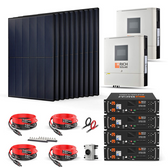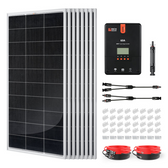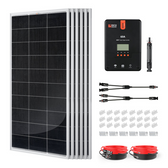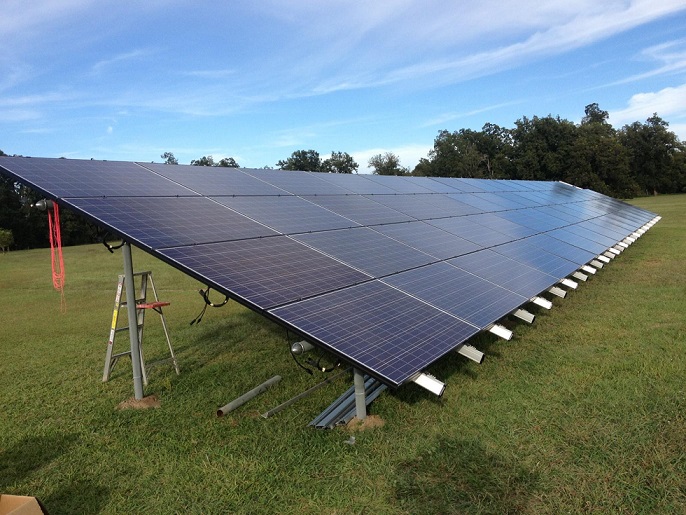 Loading... Please wait...
Loading... Please wait...- Home
- Resources
- Solar Guide
- Design Your System
Products
- Heating and Cooling
- Outdoor Living & Patio
- Solar Kits
- Solar Products
- Solar Panels
- Solar Panel Kits
- Solar Generators
- Inverters
- Inverter Monitoring
- Inverter Accessories
- Balance of Systems
- Racking and Mounting
- Rails
- Flashings
- Splice Kits
- Stopper Sleeves
- Conduit Mounts
- Attachments
- Brace Assembly
- Base Mount
- Brackets
- Bolts
- Clamps
- Caps
- L-Feet
- Washers
- Skirt
- Lugs
- Tilt Legs
- Hooks
- Stand-Offs
- Ballast Bay
- Top of Pole Mount
- Side of Pole Mount
- Flush Mount Kits
- Ground Mount Kits
- Roof Mount Kits
- Hardware Packages
- Wire Management
- Batteries
- Battery Accessories
- Charge Controllers
- Tools and Supplies
- View All Products
Design Your System
Design Your System
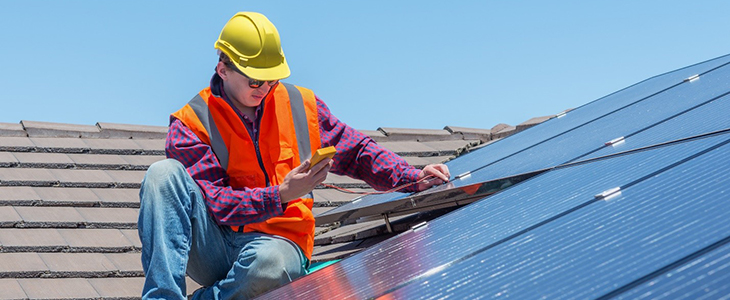
| Design Your Solar Energy System |
|
|
Since you now know the PV array size needed to power your energy demands, you can start designing your solar energy system. It is important to pick the right components that work well with other components, such as solar panels and inverters, or batteries and charge controllers – so your system runs at full capacity, and is designed to last for the long-term. If you would like to pick your own components, check out our products and manufacturers. We can also design a system that suits your needs Contact us |
|
|
There are some factors to keep in mind when picking certain products. We will highlight them below: |
|
| Monocrystalline vs Polycrystalline |
|
The majority of solar panels, and the ones we carry are split between two cell types: Monocrystalline and Polycrystalline. The difference is how the silicon is processed during manufacturing, and does have an impact on aesthetics, performance, life-span, and cost. |
| Monocrystalline | Polycrystalline |
|
Monocrystalline cells as composed of a single crystal of silicon, a purity that can be identified by a dark, even color. Advantages |
Polycrystalline cells are composed of multiple silicon crystals, identified by a textured, ‘granite’ look.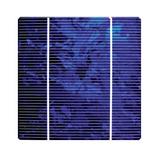 Polycrystalline solar panels utilize more silicon crystals, and the manufacturing process is more efficient and wastes less silicon in the process. Polycrystalline cells are usually more cost-efficient then mono cells, since manufacturing costs are generally lower than mono cells. The silicon used in poly cells are generally of lower purity, and have gone through less refinement. Advantages More cost-effective Less manufacturing wastes Economical Drawbacks Lower efficiency Doesn’t perform as well in low-light conditions Degrades more over 25 years |
| What's Better? |
|
Both Mono and Poly solar panels can deliver powerful energy results for your system. Generally, Monocrystalline is considered a more superior option overall. However, with modern manufacturing technology, both types of solar cells can perform exceptionally well. |
| String Inverter vs Microinverter |
|
Most solar power systems utilize one of two different inverter technologies. Each having distinct advantages and drawbacks when combined with the solar panels and the system. String Inverters group modules into blocks where energy is pulled in as DC power then converted to AC power. Microinverters attach to a single, or pair of module(s) and convert energy per panel. |
| String Inverter |
Microinverter |
String Inverters are well known and are most commonly used with solar energy systems. They combine a group of panels together and transform from DC to AC electricity. String Inverters have been around for a long time; therefore, the technology and durability has steadily increased over time. String technology uses powerful technology to take a group of panels and convert their power after collected form the PV modules. String Inverters are commonly used with larger solar energy systems, as they are more cost-effective and can handle the higher watt load. String inverters however, can project impact from one panel loss (due to shading) to an entire string. Advantages Powerful Technology Cost-effective Reliable Drawbacks Higher cost to expand later Impacted by shading Replacement cost |
Microinverters are a newer technology. A single unit is often placed behind one panel, and converts energy from DC to AC, maximizing potential power output of the system.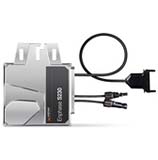 Microinverter technology is newer within the photovoltaic field, and delivers alternative PV array solutions at a higher cost. Microinverter technology mitigates losses due to shading issues, and maximizes each individual panel output. If one module experiences a power loss – none others will be affected. Microinverters also eliminate potentially hazardous high voltage DC wiring and make your solar energy system easier to expand later. Advantages Simple installation and scalability Great for small and remote PV arrays Handles shading issues easily Cost-effective to replace Drawbacks More expensive Newer technology still growing |
| What's Better? |
|
Each type of inverter has a potential function in a solar energy system. Depending on your application, system size and location – demands differ per installation. Generally, String and central inverters are utilized for larger projects (residential, commercial and utility), while microinverters are better suited for smaller residential applications. |
| What Racking and Mounting Should I Use? |
|
Whether you are building a roof-top or ground mount system, you need to pick a racking and mounting solution that will be quality built, durable, code-compliant and the best option for your job. There are a number of quality racking solutions, and some work for certain applications better than others. |
| How to Go Solar Guide |
|


